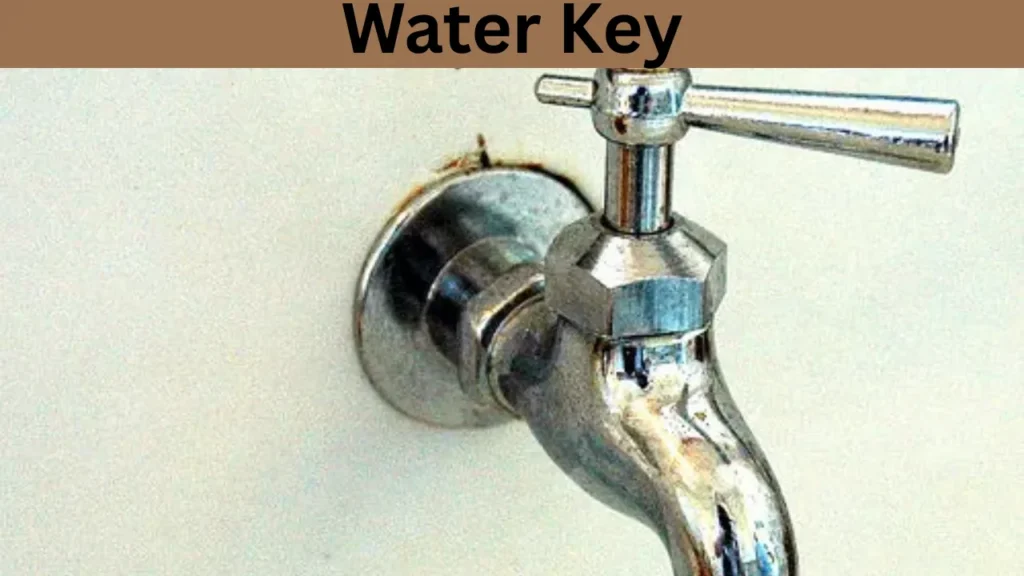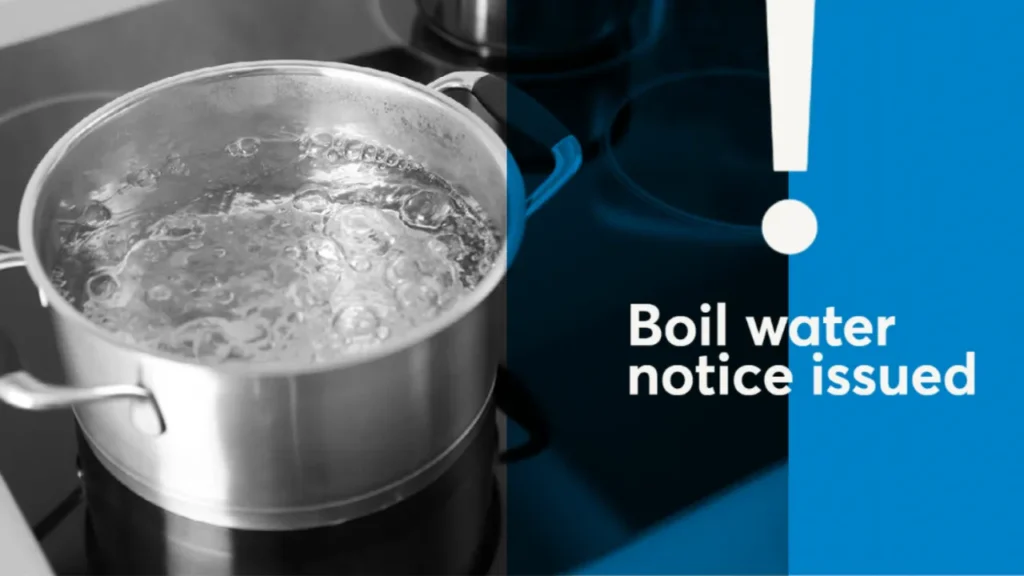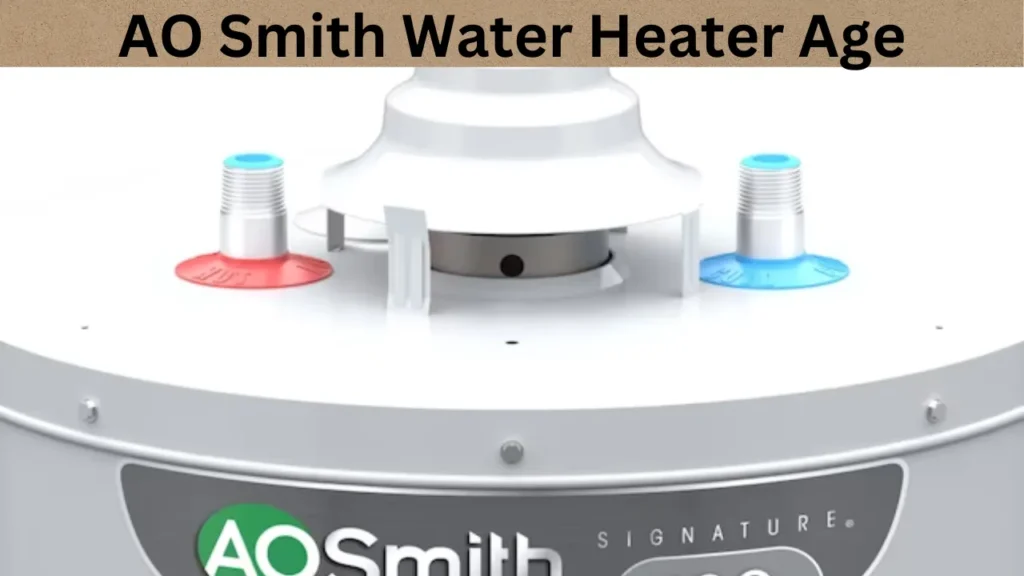The term water key may sound simple, but it plays an important role in both musical instruments and plumbing systems. Whether you’re a musician or someone managing utilities, understanding this component is essential. This article explores everything you need to know about this key, from its function and types to practical applications and maintenance tips.
Also Read: cenpok.com
What Is a Water Key?
A water key is a small, spring-loaded valve found on brass musical instruments such as trumpets, trombones, and tubas. It allows players to release moisture that accumulates from their breath while playing. This key helps maintain clear sound quality and keeps the instrument functioning smoothly.
In another context, especially in plumbing, this key is a tool used to turn water on or off at the main valve, typically in outdoor or underground water systems. Both uses serve the purpose of controlling the flow of water or moisture, though in different ways.
Also Read: Doctorhub360.com Neurological Diseases: Symptoms, Treatment
The Purpose of a Water Key in Music
Brass instruments are built with long, coiled tubing. As players blow air into the instrument, the moisture in their breath condenses inside. Over time, this builds up and affects the sound and tone. The water key acts like a small valve that can be pressed to release this trapped water. Most musicians refer to it as a spit valve, though it’s mostly water vapor that exits.
Maintaining sound clarity is the main reason musicians use this key regularly. Without it, instruments could produce muffled or unclear notes.
Also Read: Boil Water Advisory Issued for Lemoyne Residents
How Does a Water Key Work?
The design of this key is fairly simple. It includes a lever connected to a spring. When the player presses the lever, the valve opens and allows the moisture to escape. The valve closes automatically when released, preventing any air leaks.
In older or high-end instruments, this key may be more decorative or specialized in design. But the function remains the same: it drains out excess moisture quickly and efficiently without disrupting play.
Also Read: https://techzoneelectronics.com Finance: Smart Payment
Variants of the Water Key in Brass Instruments
There are different types of water key designs in brass instruments. Below is a table to illustrate the most common ones and their unique features:
| Type | Description |
|---|---|
| Traditional Lever Key | Most common type with a simple spring-loaded lever. |
| Amado Water Key | A button-style valve offering a smoother design and more direct airflow. |
| Saturn Water Key | Uses a ball mechanism; known for reliability and better sealing. |
Each version of this key has its own advantages, but they all aim to enhance the playing experience by improving airflow and minimizing moisture buildup.
Also Read: AO Smith Water Heater Age: Check, Maintain, Replace
Proper Technique
Using a water key is straightforward, but proper technique ensures that it serves its purpose without damaging the instrument. Musicians should hold the instrument at a slight downward angle and press the key to let the moisture drip out. This should be done on a soft cloth or absorbent surface to avoid water stains or floor damage.
Regularly using this key during practice or performances helps in maintaining consistency in sound. Beginners sometimes ignore this step, but professionals rely on it frequently.
Importance in Plumbing
Apart from music, this key is also important in utility management. In plumbing, it refers to a special tool used to operate underground water shutoff valves. Utility companies and maintenance workers use these keys to control the water supply to properties or entire neighborhoods during repairs or emergencies.
These water keys are typically long and T-shaped, designed to reach deep valves buried under the ground. They are made from durable materials like steel or brass, suitable for outdoor environments.
How Plumbers Use a Water Key
This key used in plumbing is essential for turning on or off the water main. It saves time, reduces manual labor, and is especially helpful when valves are hard to reach. Below is a simple table to distinguish between music and plumbing water keys:
| Feature | Musical Instrument Water Key | Plumbing Water Key |
|---|---|---|
| Function | Releases moisture from instrument | Turns underground water valves |
| Common Material | Brass or nickel-plated metal | Steel, cast iron, or brass |
| Operated By | Musicians | Plumbers or utility workers |
| Usability | Simple finger press | Requires leverage and physical effort |
Both types serve the same purpose of water control, just in very different contexts.
Cleaning and Maintenance of a Water Key
A clean water key is crucial for long-lasting performance. In musical instruments, dirt or corrosion can block the valve and prevent proper drainage. Musicians should regularly wipe the area and apply valve oil if needed.
In plumbing, the tool itself doesn’t require much maintenance, but regular inspection ensures it doesn’t rust or lose alignment. If the key gets bent or damaged, it may not grip the valve properly, leading to water flow issues.
Maintaining your water key is as important as using it. A faulty one can lead to bigger problems, whether it’s poor sound in music or a water leak in plumbing.
Fun Facts About the Water Key in Music
This key might seem like a small component, but it’s a lifesaver during live performances. Imagine playing a beautiful solo, and suddenly the note sounds off because of water trapped inside. That’s why every professional brass player ensures their water key is working perfectly before a concert.
In fact, orchestras often pause between pieces, giving players a moment to clear their instruments using this key. This tiny detail plays a big part in keeping the performance smooth and error-free.
Modern Innovations in Water Keys
Technology has enhanced the design and function of the traditional water key. Today, companies are developing air-tight, corrosion-resistant keys that last longer and require less maintenance. Some high-end instruments even come with multiple water keys for different sections of tubing, offering more control to the player.
In plumbing, digital or sensor-based water keys are also being explored. These innovations may help in remote shutoffs or real-time monitoring, especially in smart homes and commercial buildings.
Where to Buy a Water Key
Depending on the type, you can find a water key at different stores. Musical instrument shops sell traditional and Amado-style water keys as replacement parts. Brands like Yamaha, Bach, and Conn offer high-quality valves designed for their instruments.
For plumbing, hardware stores and utility equipment suppliers offer long-handled this keys designed for outdoor valve access. Prices vary depending on material, length, and grip quality.
Online platforms such as Amazon, eBay, and specialty retailers also stock both types of this key. It’s important to check specifications before buying, especially for plumbing tools, as not all keys fit all valves.
Conclusion
The water key is a small but powerful tool in both the musical and plumbing worlds. It ensures that brass instruments stay clear and produce clean sound by draining unwanted moisture. In plumbing, it serves as a control tool to manage water flow efficiently.
Whether you’re a musician or a technician, understanding how to use and maintain this key is essential. It improves performance, ensures safety, and adds reliability to your tools and instruments. Never underestimate the power of this small device—it can make a big difference in function and sound.



